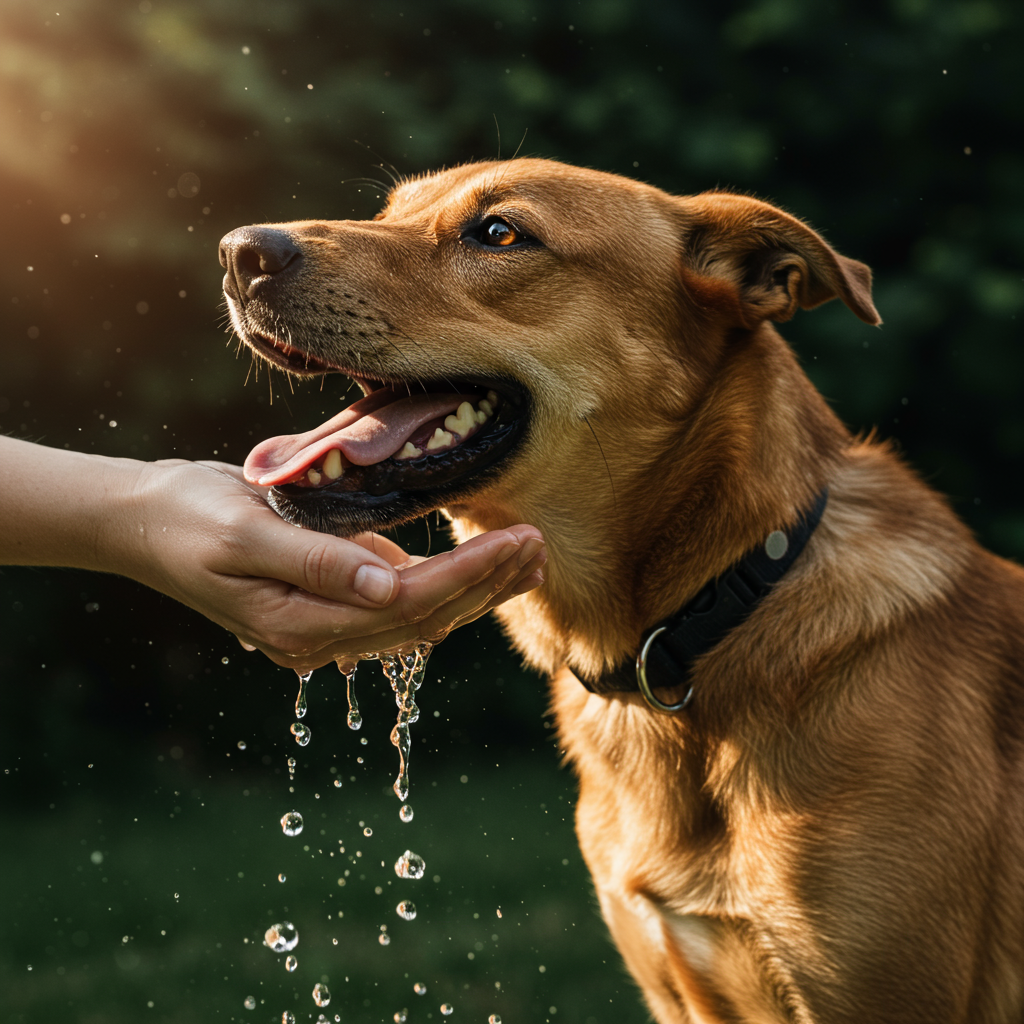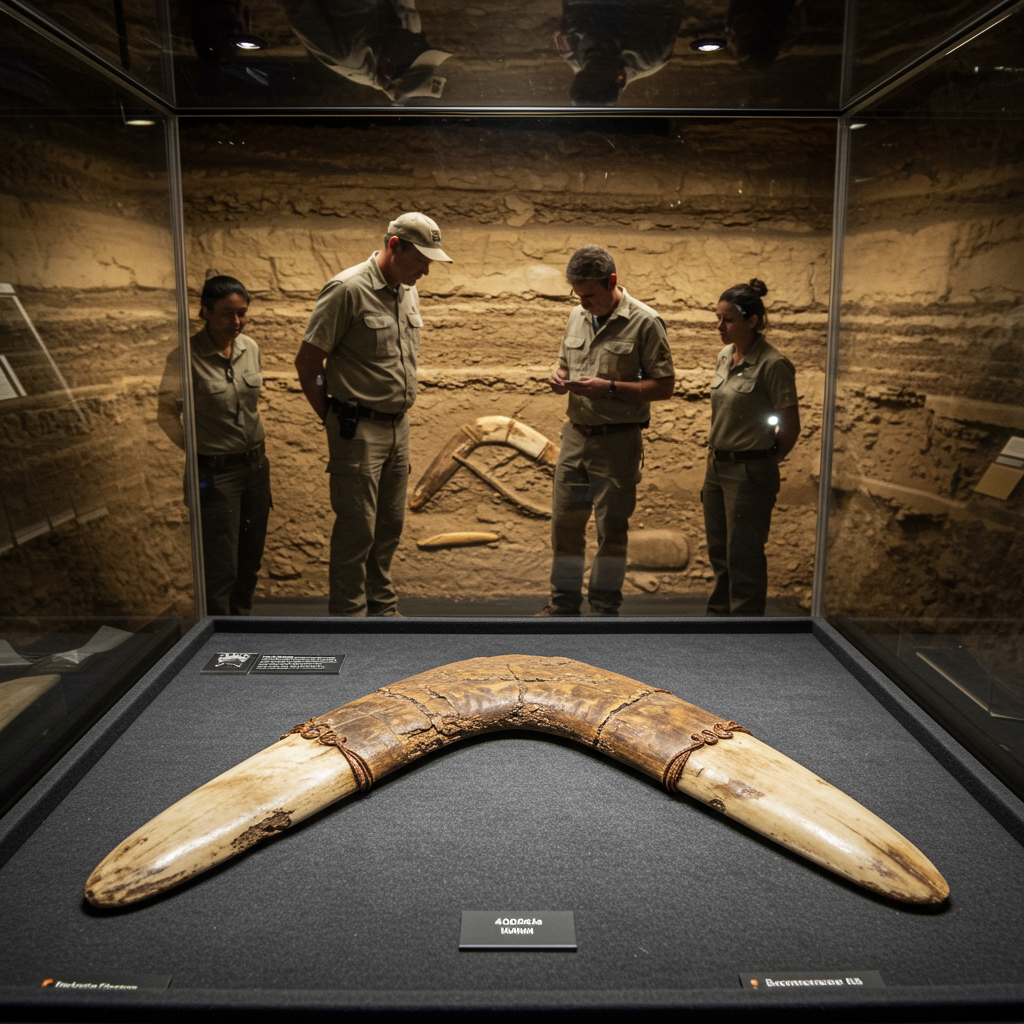Summer heatwaves are becoming increasingly common, posing significant risks to our beloved pets. While soaring temperatures can be uncomfortable for humans, they can be life-threatening for dogs and cats, potentially leading to severe heat injuries like burnt paws and even fatal heatstroke. Veterinarians and animal experts universally stress the importance of proactive care to ensure our furry companions stay safe when the mercury rises. Don’t wait for extreme temperatures; pets can suffer heat stress even on seemingly mild days, especially early in the warm season before they’ve adjusted. Understanding the dangers and implementing simple precautions is key to enjoying warmer months safely together.
Why Heat Poses a Serious Threat to Your Pet
Dogs, in particular, are poorly equipped to handle high temperatures compared to humans. Their primary method of cooling is panting, which relies on evaporating moisture from their respiratory system. This process is far less efficient than human sweating across the skin. While dogs do sweat minimally through their paw pads, this contributes little to overall temperature regulation. Cats are generally better at seeking cool spots and avoiding strenuous activity in the heat, but they are by no means immune to heat-related dangers.
Certain factors drastically increase a pet’s risk of overheating:
High-Risk Breeds and Conditions
Brachycephalic (Short-Snouted) Breeds: Bulldogs, French Bulldogs, Pugs, Boston Terriers, and similar breeds top the list for heat vulnerability. Their compressed airways make efficient panting extremely difficult. Studies show these breeds are more than four times likely to suffer heat illness. The physical structure inside their mouths and throats obstructs airflow needed for cooling.
Thick or Double Coats: Breeds like Huskies and Malamutes have coats designed to insulate. While a well-maintained double coat can provide some insulation against heat, if matted or poorly groomed, it traps warmth. Shaving a double-coated breed can actually remove this natural insulation, potentially making them more vulnerable. Regular brushing is crucial for all coat types to improve airflow.
Age: Puppies and senior dogs have a reduced ability to regulate their body temperature.
Weight: Overweight or obese pets are at significantly higher risk, as excess body fat acts as insulation.
Health Conditions: Pets with respiratory issues, heart problems, or other chronic illnesses are more susceptible. Certain medications can also impair a pet’s heat tolerance.
Lack of Acclimatization: Pets, especially dogs, accustomed to colder weather haven’t built up tolerance to heat in late spring or early summer. Their physical fitness might also be lower after less active winter months.
Temperature and Humidity Risks
Pets can begin to overheat at air temperatures over 77°F (25°C). This risk escalates dramatically when humidity is high, particularly over 65%. High humidity saturates the air with moisture, hindering the evaporation from panting that dogs rely on for cooling. Think of it like trying to dry clothes in humid air – it’s much slower because the air can’t absorb more moisture.
Proactive Steps to Prevent Overheating
Prevention is the most effective strategy for keeping your pet safe and comfortable. Simple adjustments to routine and environment make a big difference.
Adjust Exercise Schedules and Intensity
Avoid walking or exercising pets during the hottest parts of the day, typically between 10 am and 4 pm. Opt for early morning or late evening outings when temperatures and pavement surfaces are cooler. If you must go out during warmer periods, keep walks very short and focused on potty breaks. Limit strenuous activities like running, intense fetch, or vigorous play. Remember, dogs overheat much faster than humans doing the same activity.
If your dog hasn’t been active in warmer weather, gradually increase the length and intensity of walks over a few weeks. This helps them acclimatize. Look for signs they’ve had enough, like excessive panting.
Ensure Constant Hydration
Always provide fresh, cool water for your pet. Place multiple water bowls in different locations inside and outside your home. On walks or trips, carry a portable water bottle and collapsible bowl. Encourage frequent water breaks. Adding ice cubes to water bowls can make it more appealing. Some experts suggest adding water to your pet’s food, especially dry kibble, to increase fluid intake.
Be mindful that dehydrated pets may gulp large amounts of water when finally offered. While getting them hydrated is key, rapid, excessive drinking, particularly after exercise, can increase the risk of bloat in dogs – a dangerous condition. Offer water in smaller amounts initially if they seem overly thirsty.
Manage Their Environment
Keep pets indoors in air-conditioned spaces during peak heat. If AC isn’t available, use fans to create airflow. Position fans near pet resting areas. Consider using pet-specific cooling mats, which absorb body heat or are activated by water. Some cooling vests can help through evaporation, but be aware their effect is temporary and they can trap heat once they dry out or become saturated.
Ensure pets always have access to shaded areas outdoors. Trees, awnings, or pop-up shelters provide vital refuge from direct sun. Check that their usual sleeping spot indoors isn’t becoming a heat trap at night; move beds to cooler areas like tiled floors or basements if needed.
Never, under any circumstances, leave a pet unattended in a parked car. Temperatures inside a vehicle can rise by nearly 20°F (11°C) in just 10 minutes, even on a 70°F (21°C) day. Within an hour, the interior can reach fatal temperatures, potentially exceeding 130°F (54°C). This is true even with windows cracked open. Similarly, be cautious of conservatories, sunrooms, greenhouses, or caravans which can quickly become dangerously hot. Check sheds and outbuildings before locking up, as outdoor cats seeking warmth might get trapped.
Consider using a Bluetooth temperature gauge in areas your pet spends time, like the car boot or a specific room, to monitor actual conditions they experience.
Protect Paws from Hot Surfaces
Pavement, asphalt, sand, and metal surfaces can become incredibly hot in the sun, causing painful burns to a pet’s paw pads. If you can’t comfortably hold the back of your hand on the surface for 5 to 7 seconds, it’s too hot for your dog to walk on. Stick to cooler surfaces like grass, dirt trails, or shaded areas. If hot surfaces are unavoidable, consider using protective dog boots. Ensure they fit properly to prevent chafing and sores.
Grooming and Coat Care Nuances
Regular brushing helps remove loose fur and undercoat, improving air circulation near the skin for all pets. For breeds with coats that grow continuously, a trim may help manage heat, but always consult your veterinarian or a professional groomer about what’s appropriate for your specific dog’s coat type. As mentioned, shaving double-coated breeds is generally not recommended as it can disrupt their natural insulation system.
Sun Protection is Key
Pets, especially those with short or light-colored fur, pink skin, or sparse hair on areas like ears and noses, can get sunburned. Sunburn is painful and increases their risk of skin cancer. Apply pet-specific sunscreen to vulnerable areas. Never use human sunscreen on pets, as it can contain toxic ingredients like zinc oxide, salicylates, and propylene glycol if ingested during grooming.
Recognizing the Signs of Heat Stress and Heatstroke
Knowing the warning signs is critical for early intervention. Signs can progress rapidly from mild distress to life-threatening heatstroke.
Early Signs of Overheating (Heat Stress)
Heavy, excessive panting that is much more intense than usual after normal activity.
Loud or noisy breathing, which might include snoring or high-pitched sounds (especially concerning in brachycephalic breeds, indicating airway swelling).
Excessive drooling.
Bright red tongue and gums.
Restlessness or inability to settle down.
Sweaty paws (more noticeable in cats).
Excessive grooming (cats attempting to cool down).
Advanced Signs of Heatstroke
Vomiting or diarrhea.
Stumbling, wobbliness, disorientation, or confusion.
Weakness or lethargy.
Collapse or inability to stand.
Seizures.
Gums may turn pale, blue, or stay bright red/purple.
Dry, tacky mouth with thick mucus.
If you observe any of these signs, act immediately.
What to Do If You Suspect Overheating
Prompt action can save your pet’s life.
- Move Immediately: Get your pet out of the heat source (sun, hot car, hot pavement) into a cool, shaded, or air-conditioned area.
- Begin Cooling: Use cool water (not ice-cold) to wet your pet’s body. Focus on areas with less fur or good blood flow: the belly, armpits, groin, and paw pads. You can hose them down gently with cool water, sponge them, or place them in a shallow pool of cool water. Running a fan across their wet fur will enhance evaporative cooling. A recent study even found that voluntary head-dunking in cool water was highly effective for cooling trained dogs.
- Avoid Ice/Very Cold Water: While counter-intuitive, ice or extremely cold water can cause blood vessels to constrict (vasoconstriction). This reduces blood flow to the skin, trapping heat inside the body and potentially causing shock. Use cool, not freezing, water.
- Offer Water: Once the pet is cooling, offer small amounts of cool (not ice) water, but don’t force them to drink.
- Seek Veterinary Care: Even if your pet seems to recover quickly, it is crucial to contact your veterinarian immediately. Heatstroke can cause internal damage to organs (kidneys, brain), lead to internal bleeding, and have delayed consequences that require professional medical attention. Call ahead to the clinic so they can prepare for your arrival. If the vet is more than 10-15 minutes away, continue cooling measures during transport.
- Water Hazards: While swimming can cool dogs, supervise them closely. Not all dogs are strong swimmers. Ensure easy exit points from pools or bodies of water. Thoroughly dry your dog’s ears after swimming to prevent infections. Remove wet collars and harnesses to prevent skin irritation and hot spots.
- www.bbc.com
- www.countrylife.co.uk
- www.petsradar.com
- hellorayo.co.uk
- www.piquenewsmagazine.com
Other Summer Hazards to Be Mindful Of
Beyond heat, summer presents other potential dangers:
Insects and Stings: Wasps, bees, and other stinging insects are more active. Check outdoor areas for nests. Stings can cause pain, swelling, and dangerous allergic reactions in pets.
Parasites: Fleas, ticks (carrying diseases like Lyme), and mosquitoes (transmitting heartworm) are rampant. Ensure your pet is on year-round parasite prevention. Check pets thoroughly after being outdoors, especially after walks in wooded or grassy areas. Avoid mosquito-heavy areas at dusk/dawn.
Toxic Plants and Substances: Be aware of seasonal plants that are toxic if ingested. Stagnant water sources can contain harmful bacteria or algae.
Foxtails: These barbed seed heads can burrow into paws, ears, noses, and skin, causing painful infections. Check your pet after walks in dry, grassy areas.
Being proactive, monitoring your pet closely, and knowing the signs of distress are your best tools for ensuring a safe and enjoyable summer. Your canine companion is eager to join your adventures, but it’s your responsibility to protect them from the heat they can’t escape on their own.
Frequently Asked Questions
What temperature is too hot for my dog to be outside?
Veterinary experts generally advise caution when air temperatures exceed 77°F (25°C), with the risk increasing significantly above this point, especially with high humidity (over 65%). For many dogs, particularly those at high risk like brachycephalic breeds or seniors, temperatures even slightly above 70°F can be problematic. A practical check is the pavement test: if you can’t hold the back of your hand on the surface for 5-7 seconds, it’s too hot for your dog’s paws and likely too hot for exercise.
Should I shave my dog’s fur to keep them cool in the summer?
For breeds with continuously growing hair, like Poodles, a shorter summer cut can help. However, for dogs with double coats (Huskies, Malamutes, etc.), shaving is generally discouraged. Their undercoat and guard hairs provide natural insulation against both heat and cold. Removing this barrier can actually make them more vulnerable to sunburn and heatstroke. Regular brushing is the best way to help double-coated breeds manage heat by improving airflow. Always consult your vet or a professional groomer for breed-specific advice.
What are the absolute immediate steps if I think my dog has heatstroke?
If you see signs like excessive panting, stumbling, disorientation, vomiting, or collapse, move your dog immediately to a cool location (shade, AC). Begin cooling them with cool (not ice-cold) water on their body, focusing on the belly, armpits, groin, and paws. Use a hose, sponge, or wet towels, and run a fan if possible. Do NOT use ice. Offer cool water if they can drink. Simultaneously or immediately after starting cooling, contact your veterinarian. Heatstroke is a medical emergency causing organ damage, and professional care is essential even if they seem to recover.




